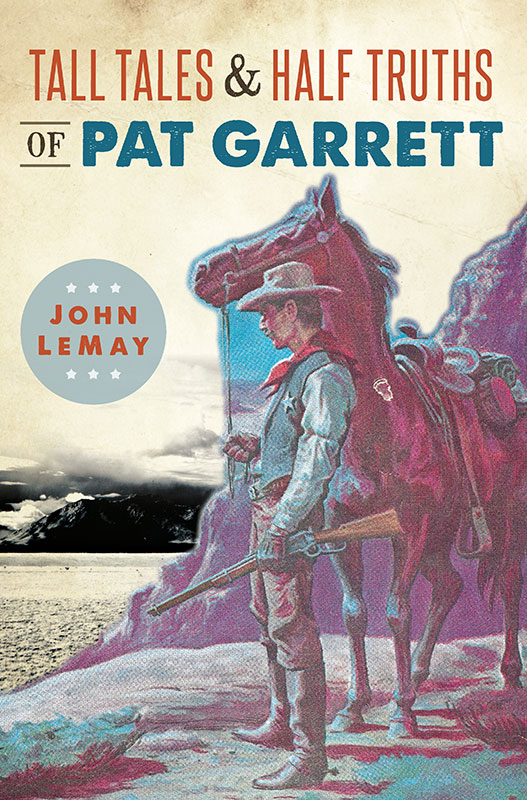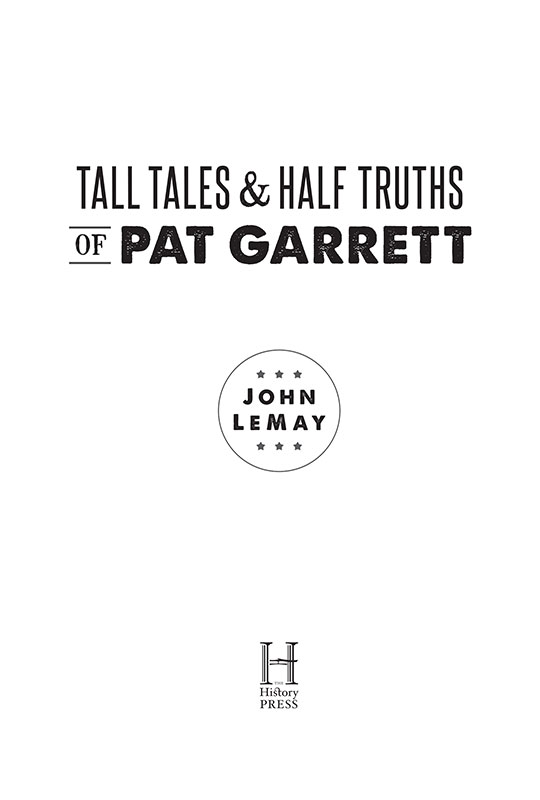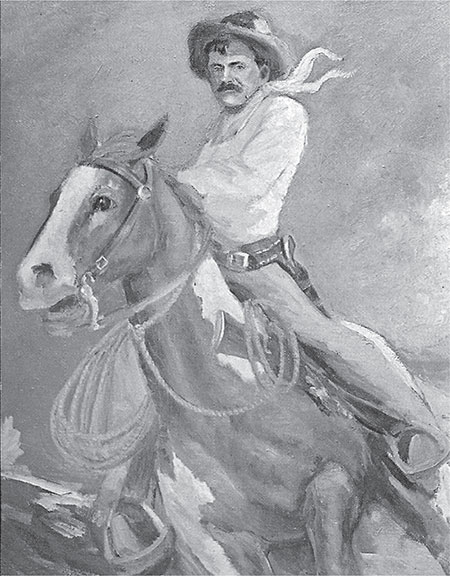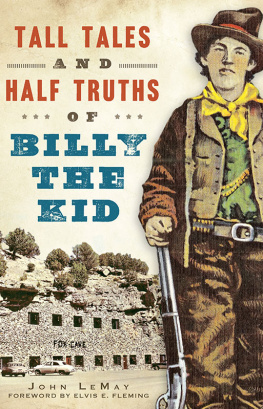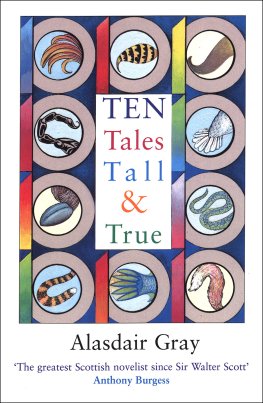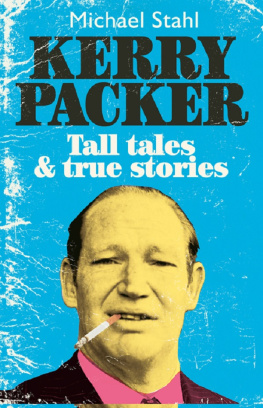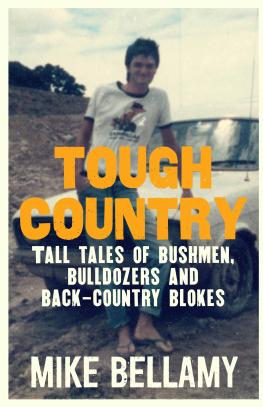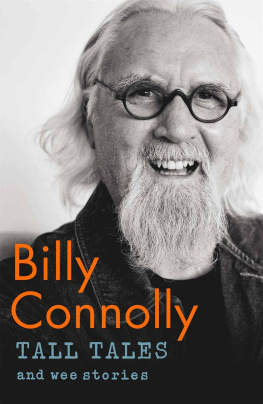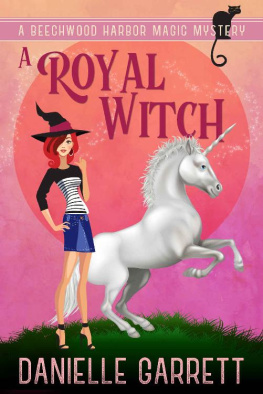Published by The History Press
Charleston, SC
www.historypress.net
Copyright 2016 by John LeMay
All rights reserved
Cover photographs courtesy of the Historical Society for Southeastern New Mexico.
First published 2016
e-book edition 2016
ISBN 978.1.62585.816.0
Library of Congress Control Number: 2015958232
print edition ISBN 978.1.46713.545.0
Notice: The information in this book is true and complete to the best of our knowledge. It is offered without guarantee on the part of the author or The History Press. The author and The History Press disclaim all liability in connection with the use of this book.
All rights reserved. No part of this book may be reproduced or transmitted in any form whatsoever without prior written permission from the publisher except in the case of brief quotations embodied in critical articles and reviews.
INTRODUCTION
THE CURSE OF BILLY THE KID
Who wants another Billy the Kid story? C.L. Sonnichsen to Leon Metz
Another tired re-tread on Pat Garrett chasing down Billy the Kid. Arent there enough of those already? Well, while there are plenty of books about Pat chasing the Kid, most are focused squarely on the latter rather than the former. But no, this book is not merely another tome about Pat capturing Billy at Stinking Springs or shooting him down at Fort Sumner. For that, one only need look elsewhere and they will find it easily. As was done in Tall Tales and Half Truths of Billy the Kid, this tome turns the limelight on Garretts more questionable exploitswhether the Kid was included in them or not. Most are aware already of the numerous tall tales that claim Garrett helped to fake his friend the Kids death, but even more bizarre are the stories that the man who killed the Kid in Fort Sumner wasnt Garrett at all. Or that the bad luck Garrett suffered after the famous killing was really the result of the Curse of Billy the Kid.
Garretts biographer Leon Metz once wrote, To most folks, slaying the Kid was the only thing Garrett did that was worth mentioning. This of course, as Metz argued, was not the case. Metz also muses, Since reading [Saga of Billy the Kid], Ive often wondered what might have happened had [Walter Noble] Burns ignored the Kid and written The Saga of Pat Garrett insteadWould it have made Garrett a folk hero?
Actually, considering his longer lifespan, poor Pat could have made a far better dime novel hero than the Kid, and sadly, books focusing on the Kid outnumber books solely on Garrett by fifty to one (though one really cant have a book about one without the other).
As with any intriguing dynamic between a hero and a villain, there exist some interesting similarities between the two. Both are considered heroes by some and villains by others, depending on the teller of the tale. The divide, it would seem, was both racial and generational. In the early days Pat Garrett was almost always the hero of the story. Racially speaking, most Hispanics regarded the Kid as a hero during the era of his adventures and Garrett as the villain. Conversely, Anglos painted Garrett as the hero and the Kid as the villain, exceptions being those who fought on the Kids side of the war, such as George Coe, and also settlers like John Meadows (who it should be noted was partial to both men).
As for other similarities between the two, both were known to be positive presences at the dances, then called bailes, noted for their dancing and jovial attitudes. Both were popular with women, Billy for his roguish charm and Pat for his impressive height and his southern manners. Yginio Salazar once said of Billy that he had the soft voice of a woman, and a reporter from the Las Vegas Optic also said the exact same thing about Garrett.
Garretts early years were not dissimilar to the Kids, as Garrett lost his mother in his teens at the age of seventeen, and his youth is somewhat obscured by the mists of time. There are also rumors that Garrett killed a black man in either eastern Texas or Louisiana, but they have never been verified, much like many of the Kids killings. Some even whispered that Garrett had a wife and a small family that he had abandoned in Texas. C.L. Sonnichsen writes that [Garrett] lived an unwritten chapter of his life in Sweetwater, where some people are said to claim kin with him.
Some even said that Pat was once in the same profession (cattle rustling) as the Kid. Pat Garrett rustled as many cattle as Billy ever did, one old-timer remarked. Once, in June 1899 during his tenure as sheriff of Dona Ana County, Garrett arrested Juan Montenegro on a robbery charge, and later Montenegro claimed that Garrett stole four twenty-dollar gold pieces off of him during the arrest. Whether any of this is true, of course, can no longer be proven.
In contrast to the Kid, Garrett was tall and dark, and the Kid was short and light complexioned. In terms of museums and monuments, there have been three museums dedicated to Billy the Kid in New Mexico and one in Texas. There are no museums dedicated to poor Pat. Not far from El Paso, where Pat once prominently reigned as customs collector, there exists a bronze statue dedicated to Billy the Kid in nearby San Elizario. Ironically, Billy may have only visited San Elizario in the pages of Pats largely fictitious Authentic Life of Billy the Kid but not in real life. Pat does at least have a bronze statue in his honor in Roswell, New Mexico, the town he called home when he killed the Kid.
Though both men died of gunshot woundsor with their boots on, as old-timers would saytheir funerals were quite different. Billy had a Christian burial, and Garrett an agnostic service as per his wishes. Like the Kid, neither did Pat always rest peacefully in the grave. Though fewer threats were made to dig him up, he was disinterred in 1957 after vandals had destroyed his daughter Idas tombstone, and the Garrett family was transferred from the Odd Fellows Cemetery to the Masonic Cemetery across the street. Strangely, fewer people flock to Garretts grave to take pictures and pay their respects than they do the Kids. And unlike the Kid, men never surfaced after Garretts death claiming to be him. Perhaps it was because Garretts body was seen by thousands of people when he laid in state and he died in a less romantic era on the cusp of modernism.

